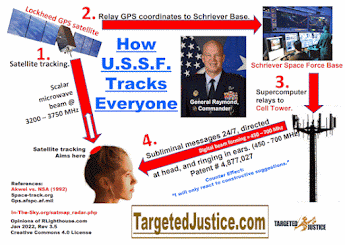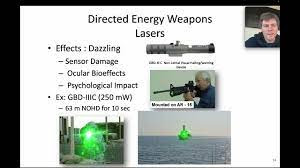Patent No. 3712292 Method and apparatus for producing swept frequency modulated audio signal patterns for inducing sleep
Patent No. 3712292
Method and apparatus for producing swept frequency modulated audio signal patterns for inducing sleep (Zentmeyer, et al., Jan 23, 1973)
Abstract
A method of producing sound signals for inducing sleep in a human being, and apparatus therefor together with REPRESENTATIONS thereof in recorded form, wherein an audio signal is generated representing a familiar, pleasing, repetitive sound, modulated by continuously sweeping frequencies in two selected frequency ranges having the dominant frequencies which occur in electrical wave patterns of the human brain during certain states of sleep. The volume of the audio signal is adjusted to mask the ambient noise and the subject can select any of several familiar, repetitive sounds most pleasing to him.
Notes:
BACKGROUND
AND OBJECTS OF THE INVENTION
The present invention relates in general to a method and apparatus for producing
sounds for inducing sleep in a human being, and more particularly to a method
and apparatus for producing sleep inducing sounds by the generation of composite
audio signal patterns formed by modulating a familiar, pleasing, repetitive
sound with continuously sweeping frequencies in first and second frequency ranges
resembling electrical wave patterns of the human brain during certain states
of sleep.
The use of audio generators to induce sleep has been previously known, as for
example in U. S. Pat. Nos. 2,711,165 and 3,384,074, wherein audio signals are
generated which represent pleasing and harmonious steady sounds or cyclically
varying repetitive sounds resembling sounds found in nature or in the normal
environment of the individual. It has also been proposed to induce sleep by
the generation of an audio signal which is varied at a rate somewhat slower
than the rate of heartbeat or respiration to tend to cause the heartbeat and
respiration of the individual to synchronize with the audio signal.
It has also been proposed to induce sleep by generating an audio signal which
is a familiar, pleasing, repetitive sound modulated by a selected fixed frequency
which is found in an electroencephalographic sleep pattern produced by the human
brain during sleep, for example by modulating the pleasing sound with what are
termed theta waves having a frequency of 6 cycles per second (cps) and with
a wave of sleep spindles which are short bursts of waves at a frequency of about
14 cps, the modulating signal also including delta waves having a frequency
of 1 cps such as occur in the EEG sleep pattern for stage-3 and stage-4 sleep.
However, it has been found that the frequency of the delta waves in the EEG
sleep pattern for different individuals may occur anywhere within the frequency
range of about 0.8 cps to 1.8 cps, and that a person whose EEG sleep pattern
has a delta wave frequency within this range which does not precisely coincide
with 1 cps does not respond effectively to the composite sleep inducing signal.
The same sharp frequency response characteristic is found to be true of theta
wave response.
An object of the present invention is the provision of a method and apparatus
for producing signals for inducing sleep in a broad spectrum of different individuals,
wherein a familiar, repetitive, pleasing sound is modulated by a first modulation
signal whose frequency is continuously swept through a first pre-selected frequency
range and is also modulated by a second modulation signal which is continuously
swept through a second frequency range, which frequency ranges include the frequencies
of certain EEG electrical wave signals encountered during sleep.
Another object of the present invention is the provision of a method and apparatus
for producing signals for inducing sleep as described in the preceding paragraph,
wherein the first modulation signals are swept through a frequency range of
about 0.8 to 1.8 cycles per second and the second modulation signals are swept
through a frequency range of about 5.5 to 6.75 cycles per second.
Other objects, advantages and capabilities of the present invention will become
apparent from the following detailed description, taken in conjunction with
the accompanying drawing illustrating apparatus which may be employed to produce
the sleep inducing sounds.





Comments